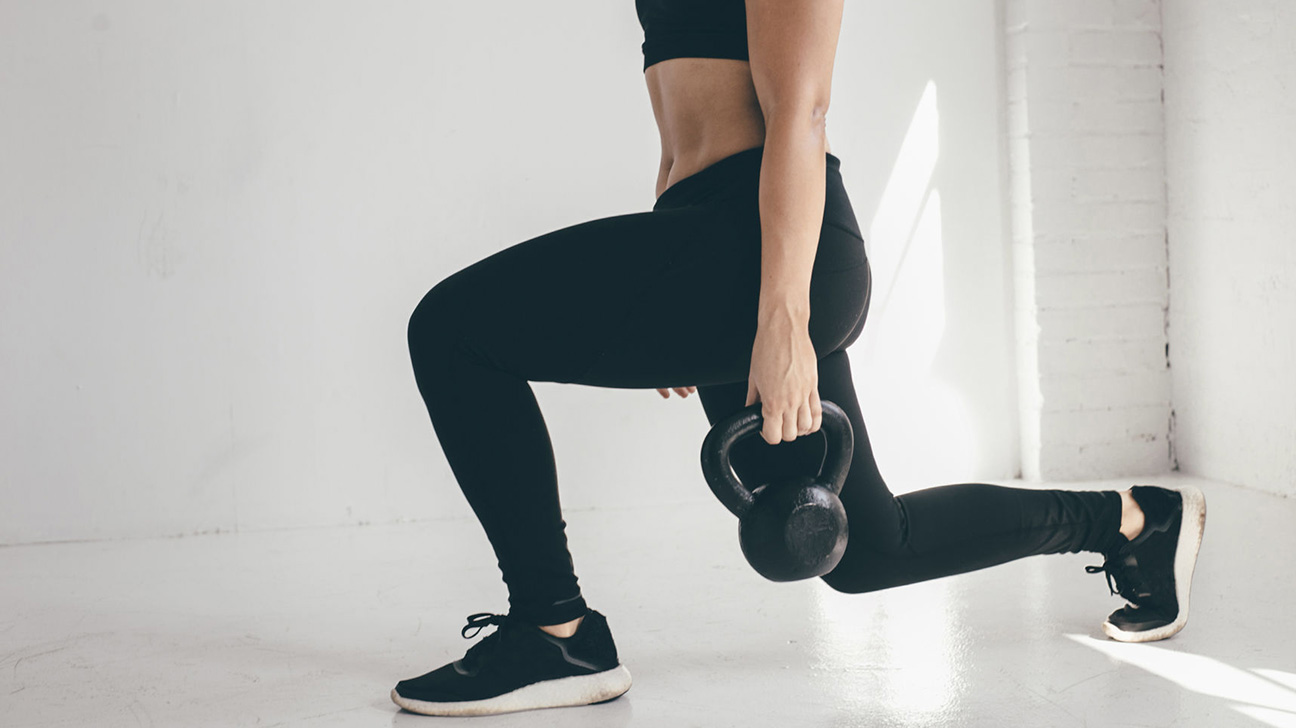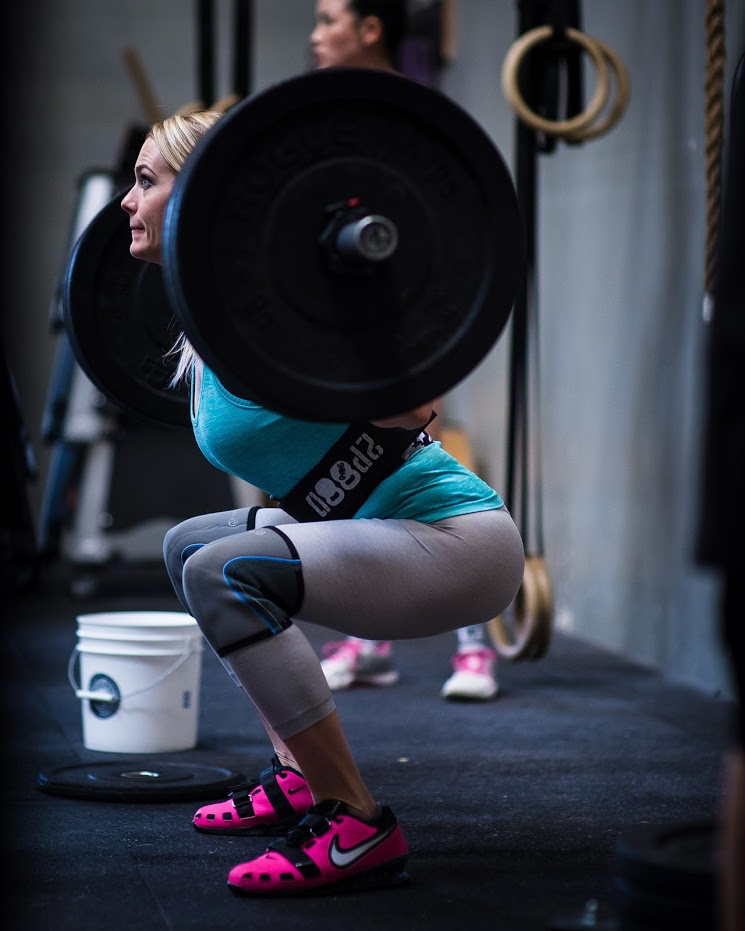

Lack of mobility in any of these joints can lead to seemingly endless movement faults, highlighting a multitude of mobility opportunities. The joints of the wrist, elbow, and spine (especially thoracic), remain in a somewhat fixed position and act as one long lever connecting the hips and the barbell, acting to stabilize the load overhead as the ankles, knees, and hip joints perform the squatting action. The primary function of the shoulders during an overhead squat is to stabilize the barbell in the overhead position. The primary joints providing movement during overhead squats are the same joints that provide movement during the squat: the hips, knees, and ankles. Primary Joints Used in the Overhead Squat The feet maintain a solid base of support from which to balance the combination of body weight and overhead resistance.

The hands maintain a secure grip on the barbell, positioning the bar directly above the bones of the forearm. Even the muscles of the hands and feet are heavily involved. The musculature of the torso, shoulders, and arms primarily stabilize the barbell overhead. The prime movers of the overhead squat are the muscles of the hips and legs. The overhead squat movement involves every joint and most of the soft tissue structures (fascia, muscles, ligaments, and tendons) in the human body. This movement is a great test of an athlete’s mobility, balance, coordination, and spatial awareness. What muscles does an overhead squat work? To set up for a loaded overhead squat, initially, you can take the barbell out of a squat rack in the back rack position and press it overhead with YOUR overhead squat grip. The barbell’s overhead positioning, grip width, squatting mechanics, and movement speed should not change. The only difference between squatting with an empty barbell versus a PVC pipe is the initial set-up, and the stability challenges that added resistance provides. You performed a PVC overhead squat.įrom here, you can accumulate repetitions (volume) over time, work towards improving technique and economy, and eventually build up to greater resistances starting with an empty barbell. Keeping your arms straight and feet suction-cupped to the floor, sink your hips back and down and squat to your bottom position, and then stand back up. Eventually, if desired, you can add resistance.ĭepending on your own unique anthropometry, the pipe will be somewhere between 2-10 inches above the back of your head. Yes, it’s only a PVC pipe, for now, and to perform this movement well with the pipe, you must intentionally stabilize that light load. Keep tension between and below your shoulder blades. You can customize a narrower or wider grip if warranted.įrom here, lift the pipe over the back of the head and press up until your arms are extended and straight.
Squat rest time full#
Place the pipe in this crease, and then move your hands out equidistant from the center, and take a full hand grip on the pipe.

Bend your knees and hips a little bit, and move the pipe into your hip crease, the place where your thighs meet your hips. Stand with the pipe in your hands with arms relaxed. The simplest way to set up for an overhead squat is to begin with a PVC pipe.


 0 kommentar(er)
0 kommentar(er)
